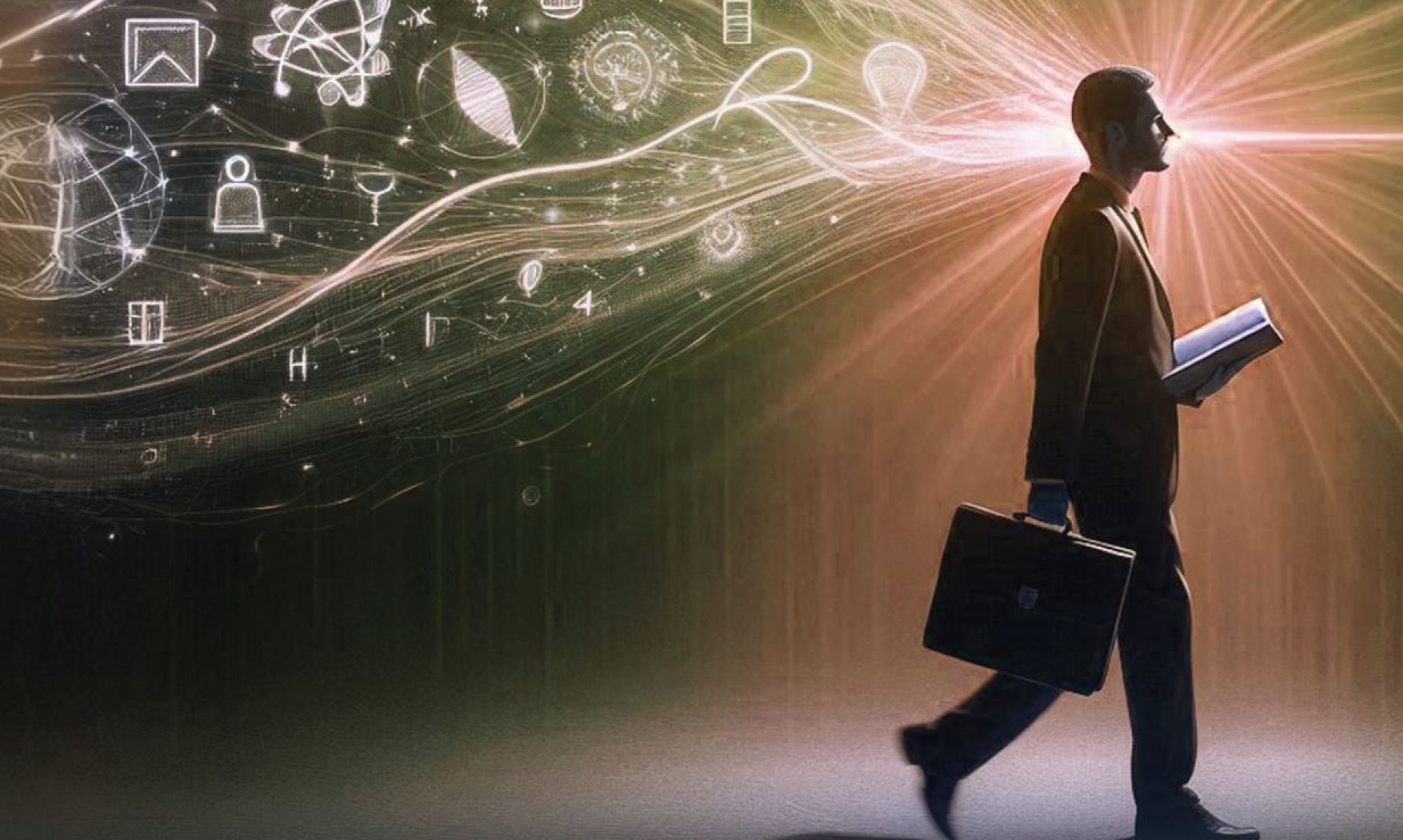I am considering a new business. For a couple of weeks, I have been working with friends and family members trying to reimagine one of the most common and wildly used items: a pen. This is a creativity exercise with a very real expected output. Join me on my quest for the perfect pen.
Knives, pens, and mobile phones
The three items we always carry around are knives, pens, and mobile phones.
Mobile phones are the most recent and obvious item in our existence. We feel naked when the mobile phone is not with us. Not surprisingly, this is just the way knights felt without a knife 500 years ago. Even today, anyone who loves nature or tinkering brings his trusted knife for a new adventure.
Unlike those iconic devices, pens are very humble. We all own pens, many of them. If you carry your pen with you, this automatically labels you as a nerdy kind: a poet, an engineer, a doctor or a lawyer, maybe even a businessman or a clerk. Cool guys also use pens, only their pens have all sorts of surprising tricks.
Not surprisingly, pens are one of the common targets of creativity exercises.
30 things we can do with a pen
A creativity exercise is simple. Take a pen and consider 30 non-trivial things you can do with it. Then consider 30 modifications with pens that will allow doing more things with it. Some of these uses are pretty strange. Are they just a myth?
As a rescue officer, I have seen some strange stuff pen can do. A pen can be used to save life. Not just as a breathing tube in an emergency tracheothomy. It can be used for example to keep a person from swallowing his tongue. Or to fix a small broken bone. Or to fix a severed artery with a narrow piece of cloth and twisting motion. A tactical pen can be further used as an emergency weapon or breaking out if you are trapped. Does it happen often? Hell, no. But it happens. I met trauma specialists that used all of these tricks. And this is just medical usage.
The things engineers do with their pens are even weirder. Mostly pens are used as they should: to mark things. Only if they stop writing, the marks are scratched. And when you need to wrap a wire around something, a pen is an immediate candidate. The tip of the pen is perfect for those hidden reset buttons when you do not have a dedicated tool. It can also poke larger holes for obstruction. And the tip is gentle enough for very small manipulations of small pieces.
What an artist or a spy can do with a pen? I will let you imagine.
Mobile phone: your most trusted companion
I got my first mobile phone in 1995. It was a mighty Nokia device, unbreakable and always reliable. Suddenly I could not remember my life without it. Anywhere I was, I could phone home or my friends and warn them that I will be late, or get help. Nokia ruled my world for 15 years. Around 2010, I switched to iPhone. Now I had a powerful computer with me anywhere.
It took me a couple of years to discover some functions beyond entertainment. A mobile phone is a watch with a stopper and an alarm clock. In fact, it makes all other watches redundant. It is a great flashlight, which makes other small flashlights unnecessary. There is a great compass and a decent navigation GPS in the mobile device, as well as readily available access to maps. And it even can be used to see if a surface is leveled and to measure distances. It is a decent calculator.
To be honest we rarely use any of those. 90% of the time the mobile phone is a messenger, a camera, a game console, and a web browser terminal. Our mobile computational devices come in three flavors: a phone, a tablet, and a laptop. The boundaries between them are somewhat blurred. Basically, it is the best tool ever invented by a man since the knife.
The most ubiquitous tool
Men carry knives since the stone edge. The first knives were used for carving animals and preparing their skins. With agricultural revolutions, the knives were used for all sorts of agricultural jobs if a dedicated tool was missing. And in the evening it was used for wood carving.
Warriors did not part with their knives. A samurai had many blades. A long katana for fighting. A shorter wakizashi for indoor safety and backup. A small tanto for all sorts of things, from field surgery to seppuku. And maybe more blades if needed. In fact, this is not so different from a modern cook with a chef knife, utility knife, and a peeling knife.
Around the renaissance, we see all sorts of hidden compartments being added to a knife. This is the birth of the modern knives we carry in our pockets on a keychain: a multitool with small folding blades.
Being an engineer, I usually have a small Lederman multitool in my pocket. It has a small blade, but usually is used as a screwdriver or a beer opener, maybe as scissors. It is small, comfortable to carry but not really wieldy.
For an actual knife, I use a folding knife which is larger, and heavier and has only one blade. It will delicately cut a mushroom in a forest without damaging the root, or a branch with delicate new leaves for my daughter. It can cut other things too.
The office tool
Pens are typically used in the office for everything we do in the office. A ball pen is used for writing. Usually we simply mechanically record the summary of a meeting or a lecture. But we can also do diagrams, flowcharts, action items, small computations. A fountain pen is better used for signing important documents with business partners, calligraphic postcards with cool messages, creative writing. A pencil is used for marking, doodling, writing on books.
We often use a ball pen, a fountain pen, and a pencil interchangeably. Just like we can use one knife for a job better suited for another. Ball pens and pencils are disposable. They feel cheap, so we lose them. In a way working with a disposable tool makes the output also disposable. Fountain pens are aristocratic “proper” pens, and something written with an expensive pen feels important. This is a psychological element.
To be honest, there are many other kinds of pens: gel pens, markers, pointers, brushes, and technical writing pens. These pens are more specific devices used in specific situations.
The perfect gift
A good pen is a great gift. It is carried with the owner, or proudly displayed on the table. The pen is easy to store. It is always useful, often collectible. We can truly give a pen with personality since there are so many possible pens.
I personally buy Parker Jotter pens wholesale. They are everywhere: in my bags, on my table, with my kids. I match the color to my shirt. The pen feels always reliable and always comfortable. Even when I need to write quite a lot. And if I lose one, it is not a big deal. However, it feels,… plasticky.
When I need something more substantial I love bolt-action pens. Those pens are heavier, and when I write with them I feel that the output is important. They are also more expensive, beautiful and unique. They are robust for outdoor use, and they are as reliable as pens get. Also as they are heavier they allow finer control. And they do not click!
Fidgets
Most of us have all sorts of focus issues working with a purely digital environment. We need to play with something in our hands. There are dedicated fidgets, but those are toys. The device we usually play with is our pen or a pencil.
Most people simply click the pen, driving others nuts with the sound. Some people learn the juggling act of pen spinning
To be honest there are pen toys, like Polar magnetic pens that can be true transformers. Typically these are gel pens.
This is something great for your kids, maybe for your office but probably not for the conference rooms. And if you speedread, fidgeting will not work. You need to be FOCUSED on reading.
Specialty “pens”
The shape and size of a pen are perfect for our pocket and for very accurate manipulations. So we have plenty of pen-like devices (often combined with pens):
- Marker/highlighter pens
- Stylus and digital pens
- Digital and mechanical pointers
- Paper knives
- Torches and flashlights
- USB devices with batteries and digital storage
All of these devices benefit from the shape and size we are familiar with.
Pen as a companion device
Somehow with our devices, we have the rule of three. We have three pocket devices: a mobile phone we cannot leave without, a pocket knife or multitool on a keychain, and possibly a pen in a pocket. A parker jotter or a heavier bolt-action pen will be great for this role.
In the same way, you may have a couple of different pens and a tablet in your bag. A pen with a stylus or a mechanical pencil with a paper notepad will be great for that.
And on your desk, near your laptop and visit cards, you can fancy a quality fountain pen for those rare occasions when what we write and how we write it truly matters.
Because a pen is not a standalone device, but a continuation of our identity and lifestyle.

